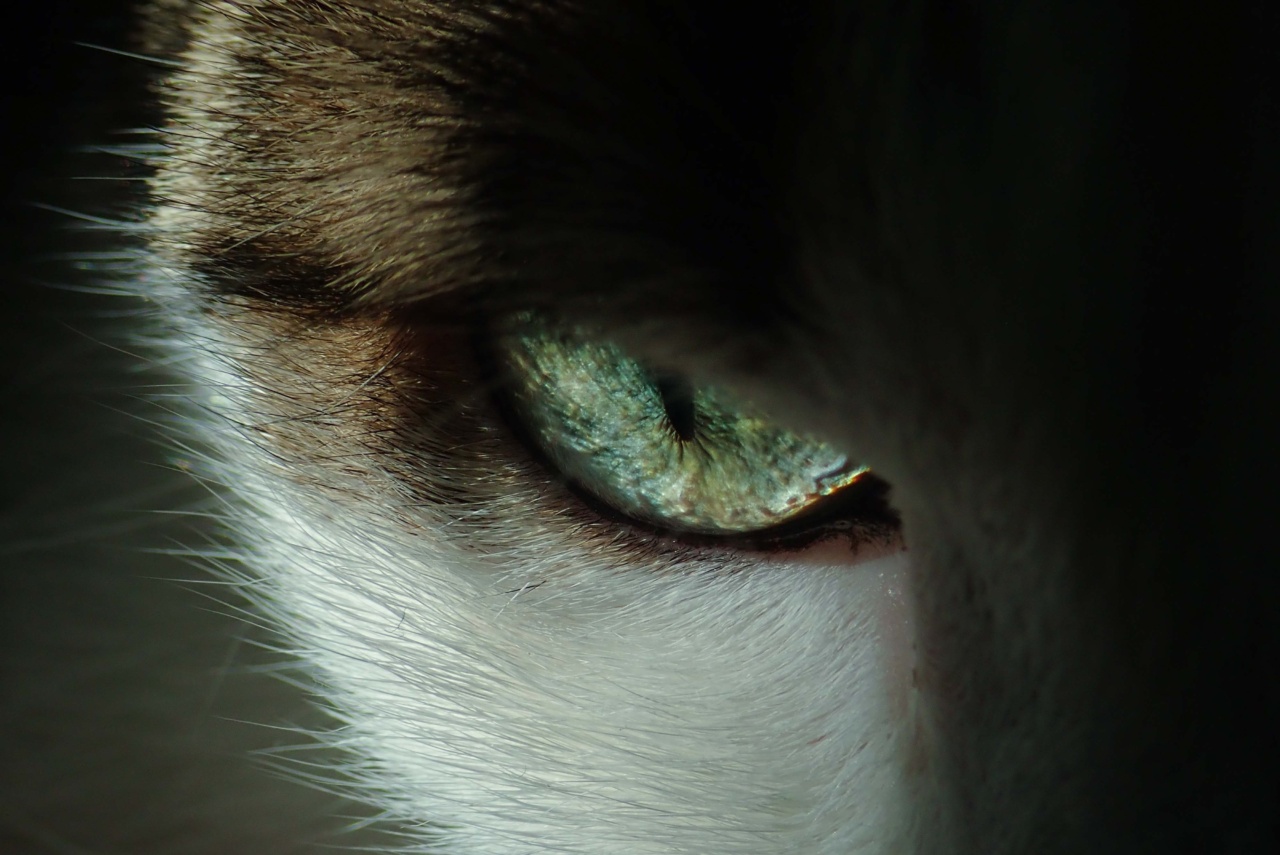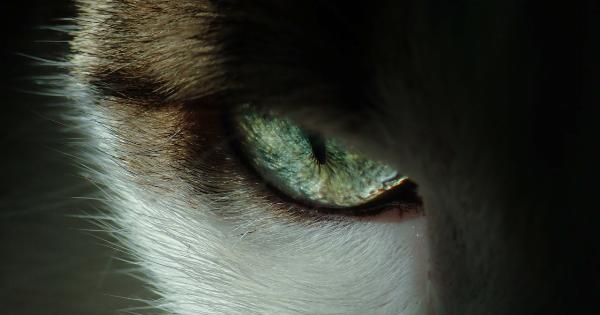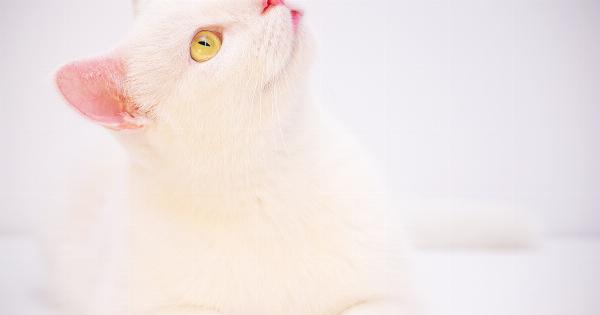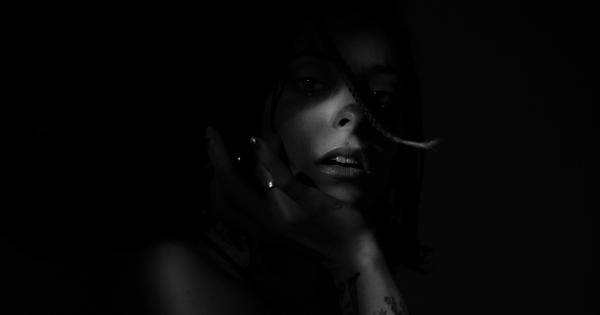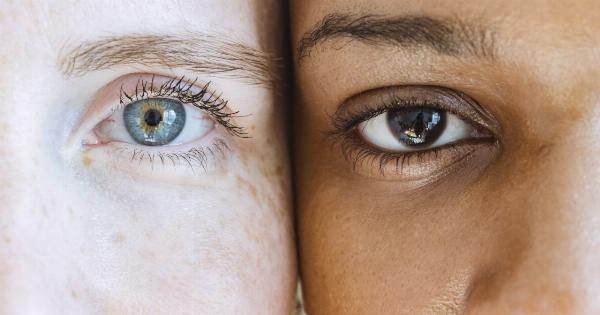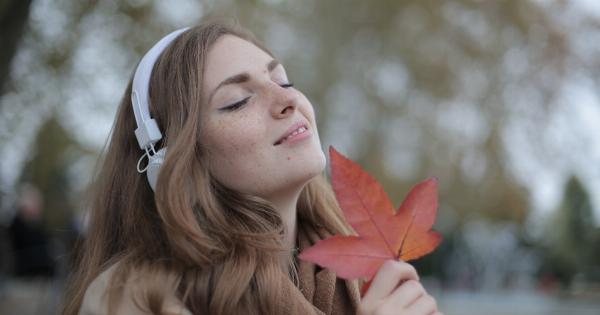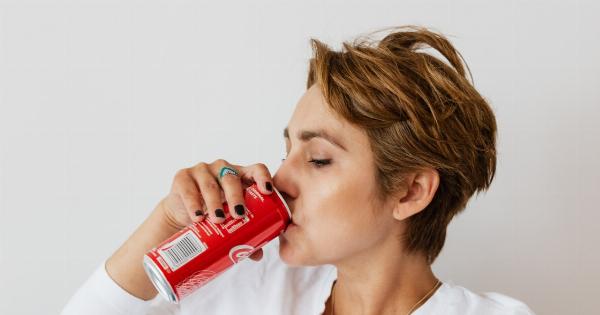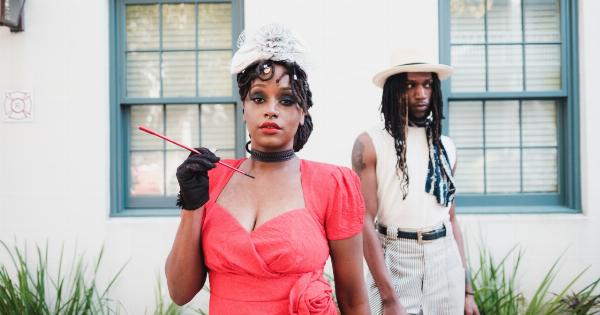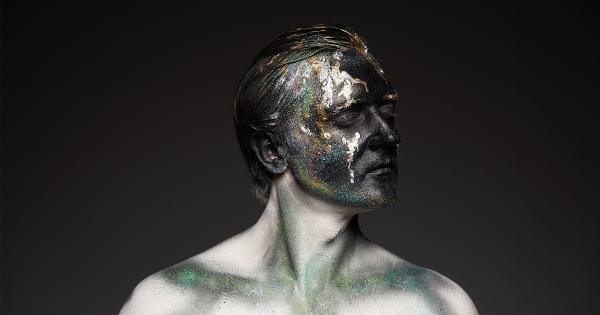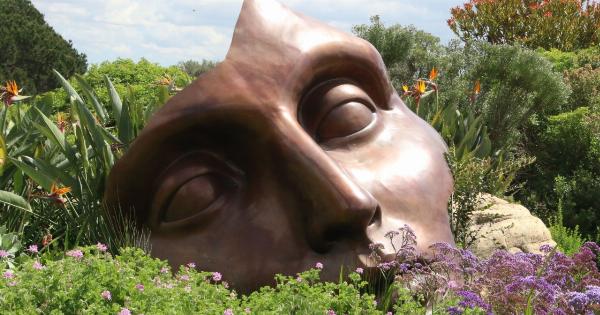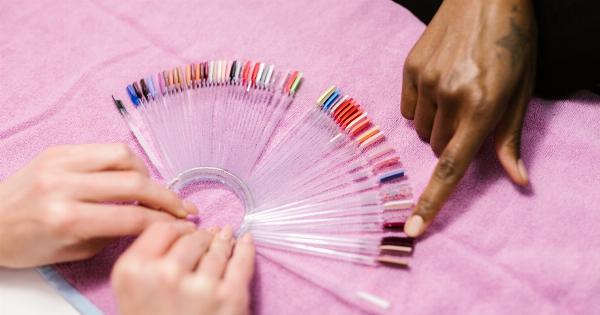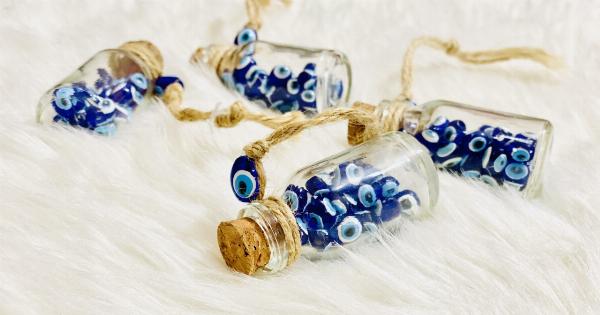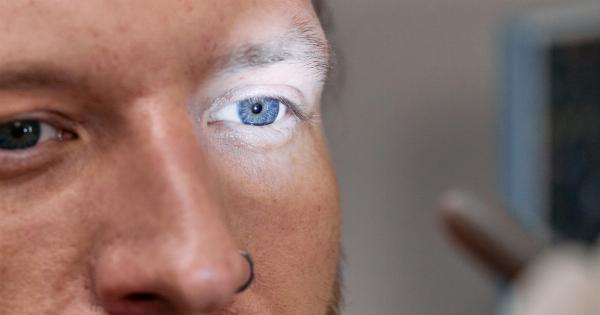Have you ever wondered what the rarest combination of hair and eye color is? While there are many different combinations of hair and eye colors, some are definitely more common than others.
In this article, we’ll explore the least common hair and eye color combination.
The Science Behind Hair and Eye Color
Before we dive into the least common hair and eye color combination, let’s take a quick look at the science behind hair and eye color. Both hair and eye color are determined by genetics, specifically by the genes we inherit from our parents.
These genes control the production of melanin, a pigment that gives color to our skin, hair, and eyes.
There are two types of melanin: eumelanin, which produces black or brown color, and pheomelanin, which produces red or yellow color. The amount and type of melanin produced by our genes is what determines our hair and eye color.
The Most Common Hair and Eye Color Combinations
According to studies, the most common hair and eye color combination is brown hair and brown eyes, followed by brown hair and hazel eyes, and then blue eyes.
Blonde hair and blue eyes are also a common combination, especially in Northern European countries.
The Least Common Hair and Eye Color Combination
So, what is the least common hair and eye color combination? The answer is red hair and blue eyes. According to Medical Daily, only 1-2% of the population has this rare combination.
In fact, red hair is the rarest natural hair color in the world, only occurring in 1-2% of the world’s population.
This is because the gene for red hair is recessive, meaning that both parents must carry the gene in order for their child to inherit red hair.
Blue eyes, on the other hand, are also relatively rare, occurring in about 8% of the world’s population. However, blue eyes are more common in people of Northern European descent, with some countries having as high as a 90% blue-eyed population.
Why Is Red Hair and Blue Eyes so Rare?
There are a few reasons why red hair and blue eyes are so rare. As mentioned previously, red hair is a recessive trait, meaning both parents must carry the gene in order for their child to inherit red hair.
This already makes red hair less common than other hair colors.
On the other hand, blue eyes are also a recessive trait, meaning that both parents must carry the gene for their child to have blue eyes.
However, in order for a child to have red hair and blue eyes, they must inherit two recessive genes: the one for red hair and the one for blue eyes. This makes the combination extremely rare.
The Genetics Behind Red Hair and Blue Eyes
In order to inherit red hair and blue eyes, a person must inherit two recessive genes, one for red hair and one for blue eyes.
In genetics, we label these genes using letters, with dominant genes being represented by a capital letter and recessive genes being represented by a lowercase letter.
The gene for red hair is represented by the letter “r”, and the gene for non-red (or brown) hair is represented by the letter “R”.
The gene for blue eyes is represented by the letter “b”, and the gene for non-blue (or brown) eyes is represented by the letter “B”.
A person with red hair and blue eyes would have the genotype “rrbb”.
This means they have inherited two copies of the recessive “r” gene (one from each parent) for red hair, and two copies of the recessive “b” gene (one from each parent) for blue eyes.
Conclusion
In conclusion, the least common hair and eye color combination is red hair and blue eyes, occurring in only 1-2% of the population.
This is due to the fact that both red hair and blue eyes are recessive traits that require both parents to carry the gene. While rare, this combination is certainly unique and beautiful.
